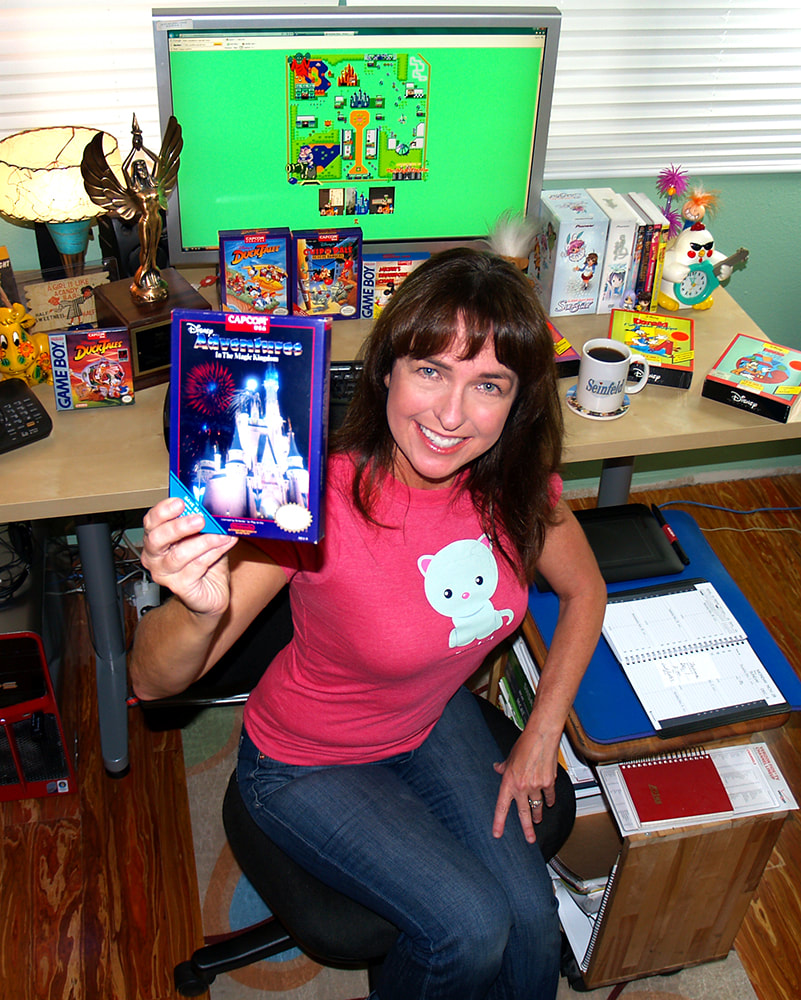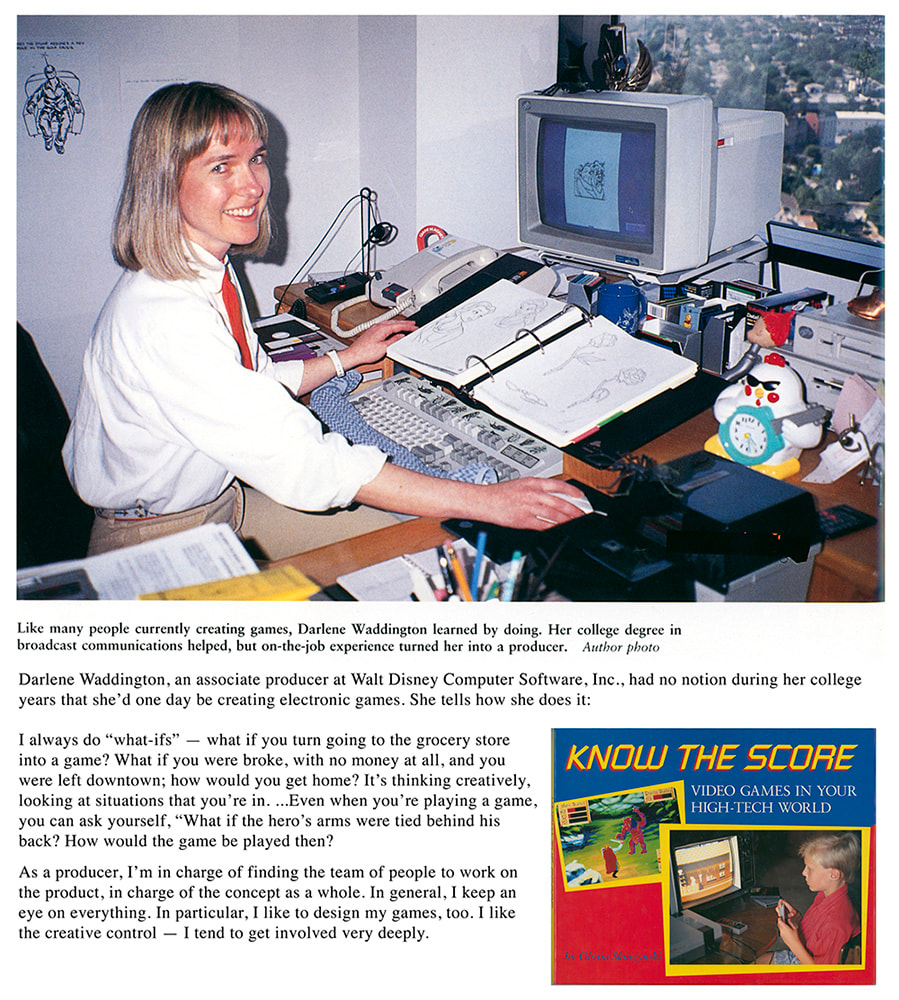|
You probably don’t know this, but I was a pioneer in the computer games industry. I was one of a team of three game designers for an arcade game that is kept in permanent storage at the Smithsonian Museum. I was one of three game designers/producers recruited to launch the Walt Disney Company into the computer game market. I was part of a small dot.com design team building an artificial intelligence personal assistant years ahead of Apple’s Siri. After that, I dropped out. Why? Primarily because I saw the promise of creating games and software for people (not just males, not just females) dwindle into almost non-existence with each passing year. I also saw the market for games that challenged the intellect get crushed by the tidal wave of combat, killing, and pillaging games. Games I had no interest in designing and putting out in the world, even though they were popular and profitable. I understand that there all kinds of people, and they all deserve products they enjoy. So, I’m not entirely against these games. However, what I found so discouraging was that the diverse, interesting people who originally populated the industry were being replaced by gamers who loved these games and had no interest in creating anything different.
When I began in the game industry, I was paid $40 a week for “all I could write” for an experimental home adventure game system. We designed games with paper and pencil. A while down the line, the company purchased a computer that we all shared for a few hours a day. We had no email, internet, smart phones, tablets, or personal computers. I bought my first personal computer, a Compaq Portable, in 1983. It weighed 28 pounds, but technically was “portable” with a handle so that you could lug it around. I loved that computer.
 Sadly, the 1990s ushered in the change to the testosterone-driven games that alienated me. I left the games industry, moved into Web technologies, and eventually moved further into education. Now I design games and curriculum for NFTE, a non-profit organization providing entrepreneurship training and education programs to young people from low-income urban communities. These are game designs I can get behind. I love the challenge of designing games that don’t rely on technology, but can also work with technology. I love that there is a positive purpose in what I do. I am also happy to see that females now have equal access to the internet and computing, and that casual games and social games have grown in popularity to be an option for anyone not interested in violent games. However, I don’t find myself wishing to return to the games industry. Despite the growth in women playing computer games, the statistics I see on women working in the industry are still discouraging. Statistics from 2014-17 show women comprising 21% of the workforce, and the majority of those relegated to traditionally ‘feminine’ roles, such as the marketing or administration divisions, rarely seeing opportunities for advancement. This, despite women comprising 46% of the computer and video gamers in the United States in 2019. When will women truly achieve equality in this profitable industry? What will it take to achieve it? These are questions I can’t answer, but I hope to see the day that this happens. Let’s stop going backwards. I, for one, am sick of it.
Darlene Lacey Author of A Woman’s Guide to Low Self-Esteem, available on Amazon in paperback and e-book. "I am Generation Equality: Realizing Women’s Rights” #IWD2020 #GENERATIONEQUALITY
3 Comments
Ben de Dood
3/8/2020 05:02:38 pm
Having worked as a games journalist all through the nineties, from freelance editor to editor-in- chief of various Dutch games magazines, I can relate to your story from a media point of view.
Reply
Darlene Lacey
3/8/2020 05:44:34 pm
Thank you for sharing this. It's very interesting! Some great first hand metrics on the value of bringing different voices to the conversation.
Reply
Nick G
4/28/2020 04:37:29 pm
Thank you for this excellent write-up, Darlene. I've really enjoyed reading about your career and your advocacy of women in the game industry.
Reply
Your comment will be posted after it is approved.
Leave a Reply. |
DARLENE LACEY
Darlene Lacey writes about the past with a sharp lens on what it means to us today. She is the author of books and articles about America’s (almost) forgotten history. Her wit and insights have made her a popular interview source. She remembers the past and is not afraid to share it! CATEGORIES
All
LINKS
Goodreads ARCHIVES
|





 RSS Feed
RSS Feed